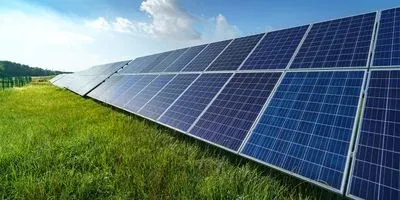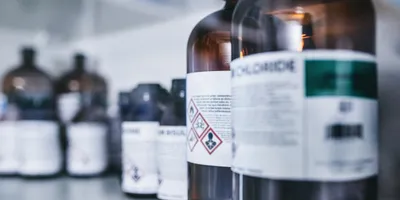Scientists have uncovered the exact mechanism that causes new solar cells to break down, and suggest a potential solution.
Solar cells harness energy from the sun and provide an alternative to non-renewable energy sources like fossil fuels. However, they face challenges from costly manufacturing processes and poor efficiency—the amount of sunlight converted to useable energy.
Perovskites are materials developed for next-generation solar cells. Although perovskites are more flexible cheaper to make than traditional silicon-based solar panels and deliver similar efficiency, perovskites contain toxic lead substances. Versions of perovskites using alternatives to lead are therefore being investigated.
Versions using tin instead of lead show promise but degrade quickly. Now, researchers at Imperial College London and the University of Bath have shown how these perovskites degrade to tin iodide, which, when exposed to moisture and oxygen, forms iodine. This iodine then helps form more tin iodide, causing cyclic degradation.
The team also show how the selection of a crucial layer within the perovskite can mitigate against degradation under ambient conditions and increase stability. They hope this will help researchers design more stable high-performance tin perovskites that show potential as new solar cells.
"Knowing the mechanism will help us overcome a major stumbling block for this exciting new technology," said lead researcher and professor Saif Haque from the Department of Chemistry at Imperial. "Our results will also enable the design of tin perovskite materials with improved stability, paving the way for cheaper, more flexible solar harvesting devices."
- This press release was supplied by Imperial College London. It has been edited for style










